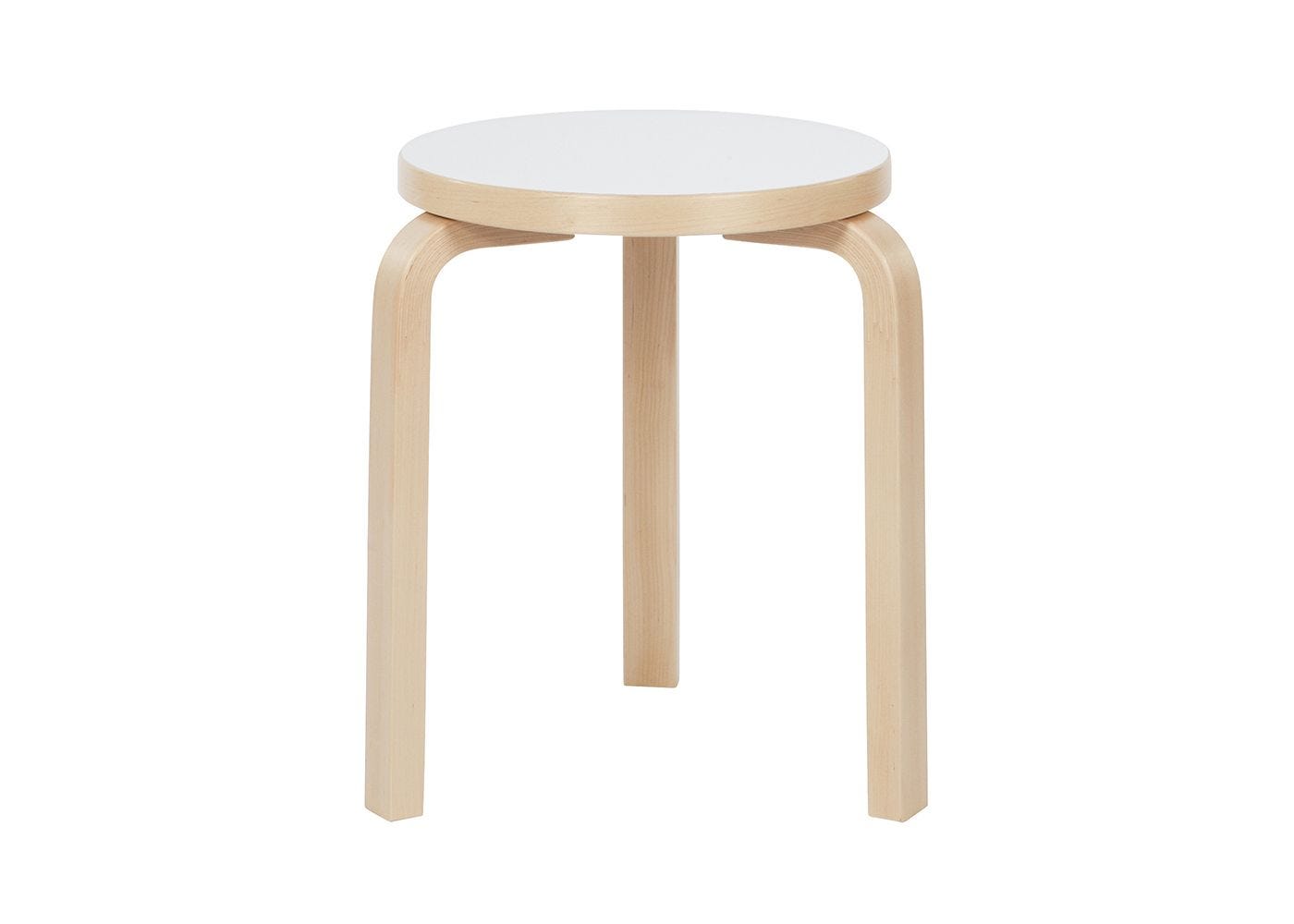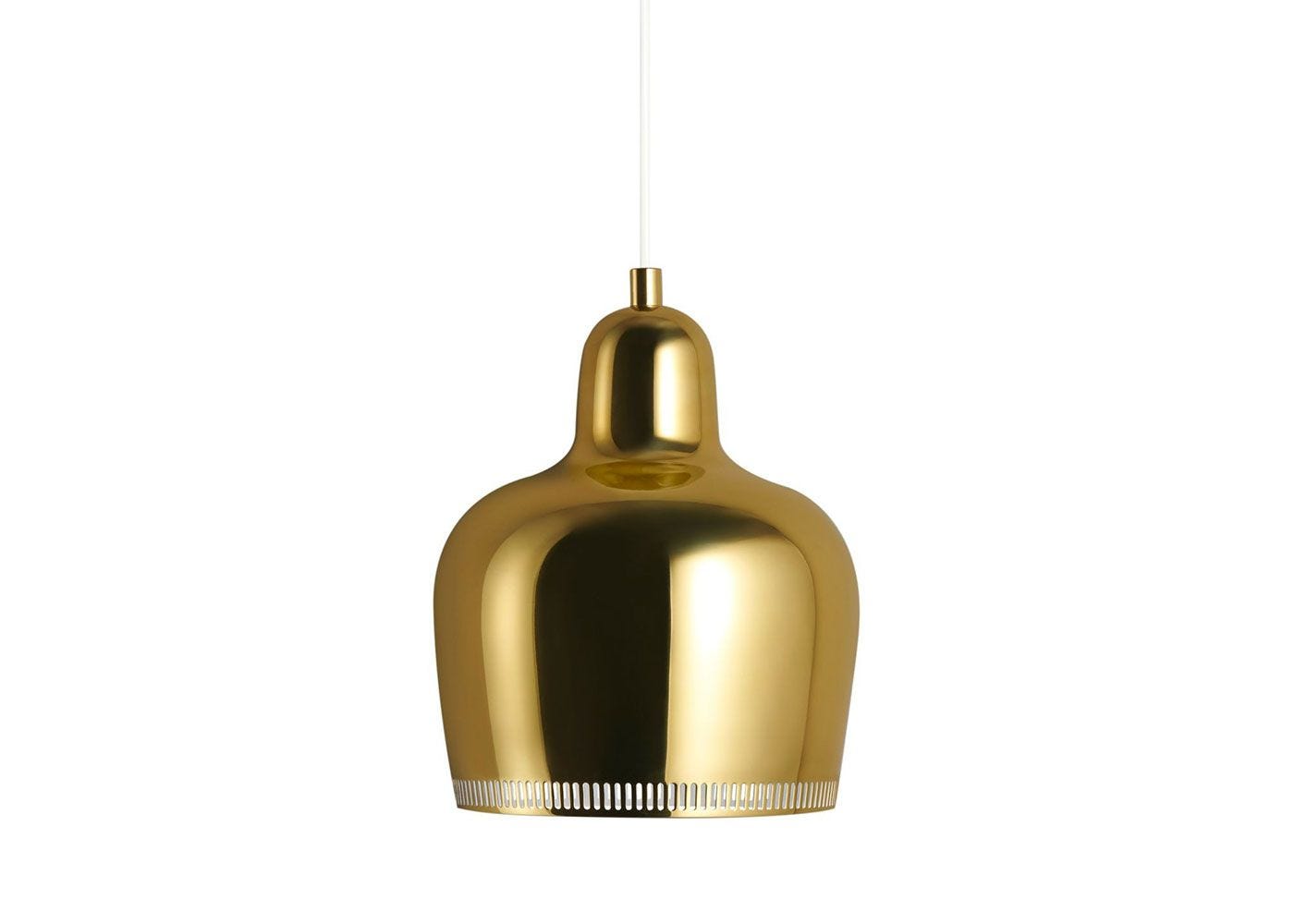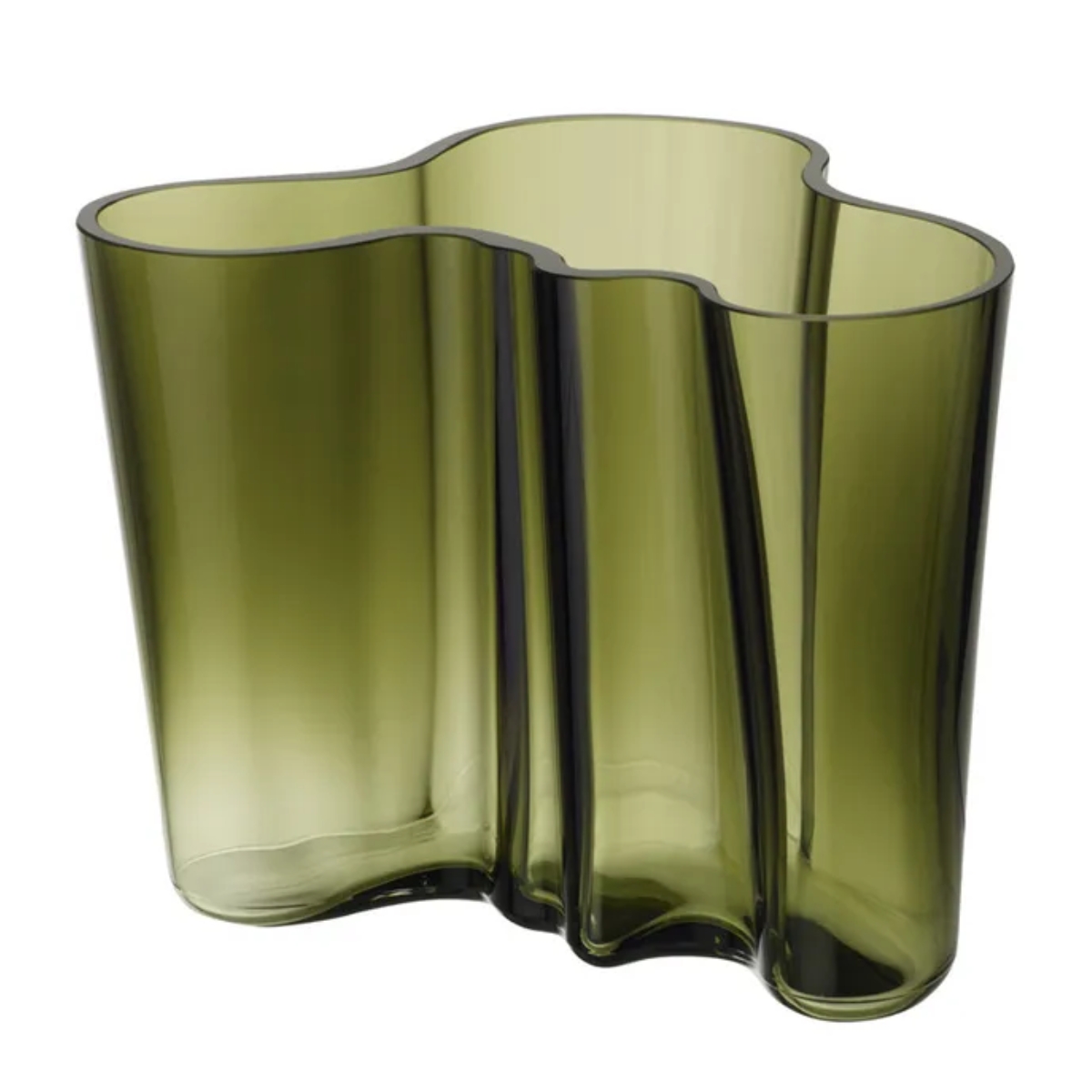Alvar Aalto Has a Lasting Legacy as a Designer — Here's What You Need to Know About His Most Iconic Designs and Architecture
Alvar Aalto remains so significant to Finnish design — from how they approach the seasonal light to inspiring the mediums, designers, and brands that prove important to the country’s buoyant creative scene

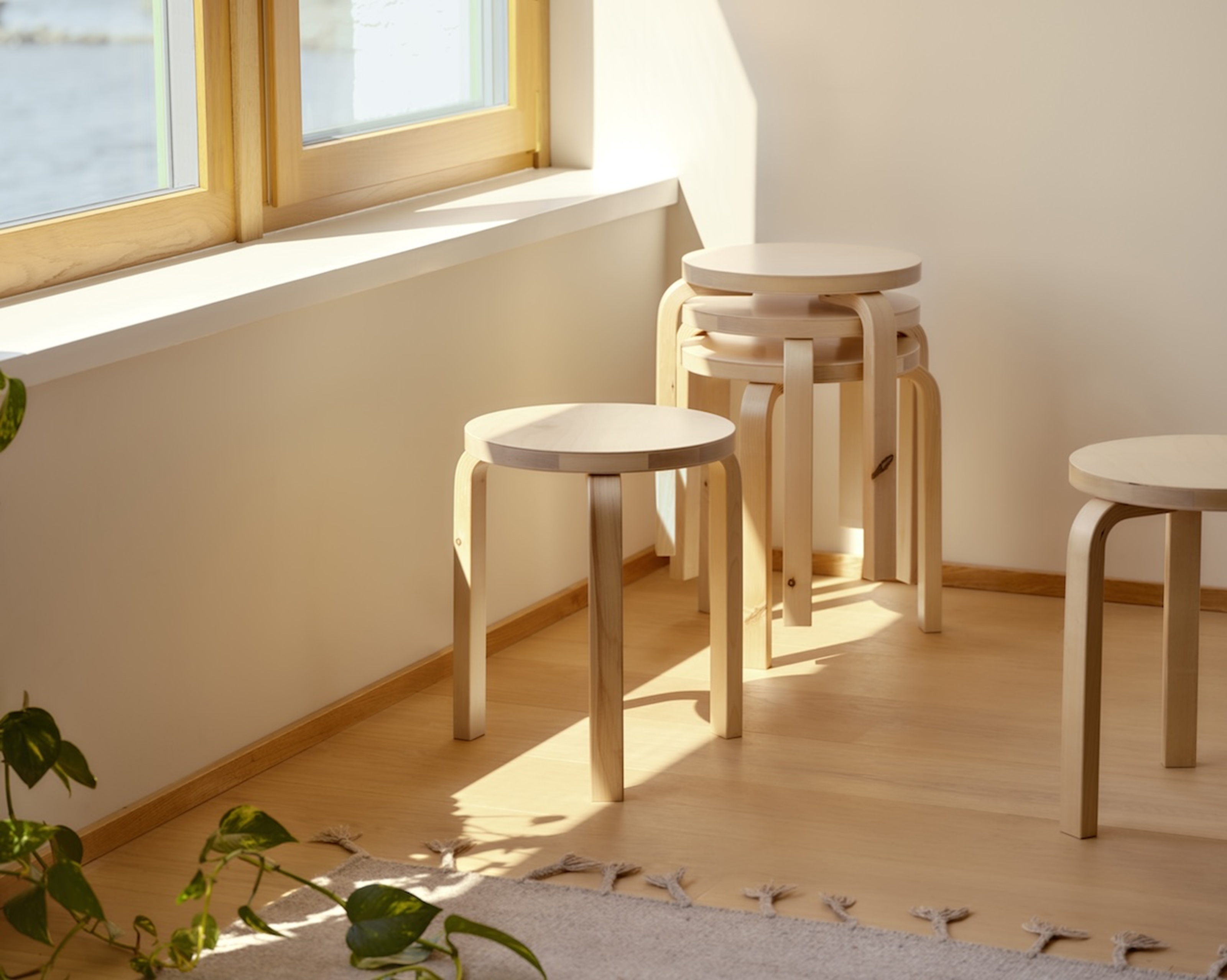
Step foot on Finnish soil and it’s just a matter of time before you start to understand how significant the architect and designer Alvar Aalto is to Finnish design culture. Alvar Aalto (1898-1976) — along with his first wife, Aino Aalto (1894-1949), and second wife Elissa Aalto (1922-1994) both of whom are notable architects and designers in their own right — is widely considered the founding father of Finland’s ‘Golden Era’ of design.
The famous Finn enjoyed a successful career at home in Finland and abroad. During a long and prolific career, Aalto designed buildings for almost all key public institutions, standardised housing, and private homes, but he also has a lasting legacy in the design of iconic furniture pieces, too.
Having graduated as an architect from the Helsinki Institute of Technology in 1921, now part of the Aalto University, Aalto set up his first architectural practice in Finland. In the late 1920s and 1930s, he often travelled to Europe. It was during these trips that he became familiar with, and influenced by Functionalism and the new ‘International Style’. As a result, Aalto’s ‘pure’ Functionalist phase lasted for many years. He was also influenced by Japanese design and culture, weaving many of the country’s design cues into his own professional practice and works.
Design Cues and Key Examples of Alvar Aalto Architecture and Design
Working to curate user-friendly and functional designs, Aalto centred his principles significantly on human needs, nature, and craftsmanship. Some of the design cues of Alvar Aalto’s architecture and design include a strong indoor-outdoor connection to nature, a lack of architectural ornament or mouldings, significant use of natural and native wood, and a predominantly white or cream paint color palette. Symmetrical compositions, flat roofs, and the use of concrete often feature.
Aalto penned and curated buildings like the Paimio Sanatorium (1933), The Aalto House (1936), the Villa Mairea (1939), Studio Aalto (1955), House of Culture (1958), Aalto University (1965-1972), and Finlandia Hall (1971-1975), to name just a few. These examples are largely considered jewels of the architect’s portfolio, but he also worked on many more.
Paimio Sanatorium
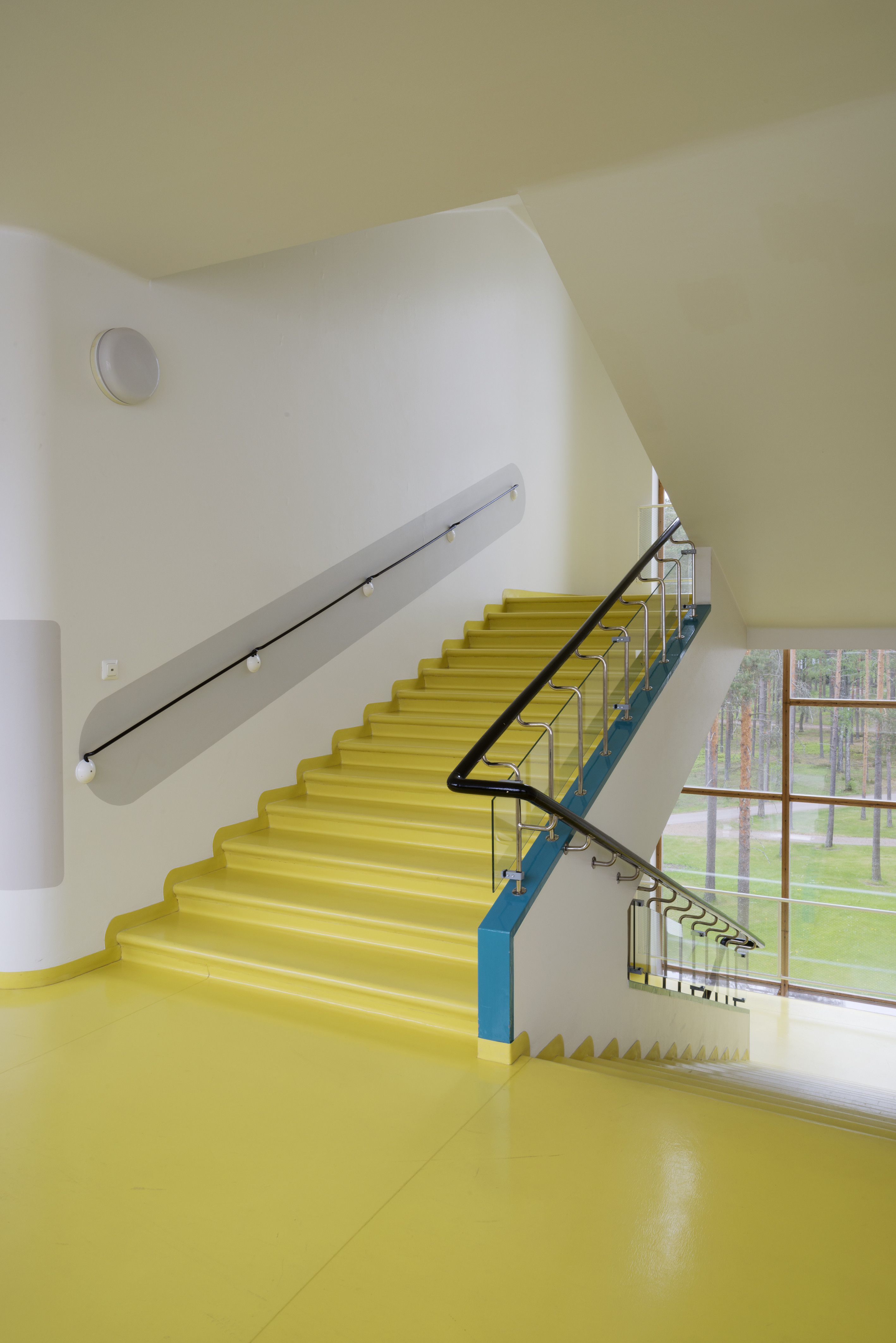
Aalto designed Paimio as several ‘blades’, taking full advantage of the sun and allowing for balconies for the sick to recuperate in the fresh air and sunshine. Aalto also designed a special chair, constructed out of lightweight plywood sheets known as the Paimo Chair. It could be easily repositioned and moved around the patient’s balcony thanks to its lightweight design. It also aided recovery with in-built slits designed into the headrest so fresh air could circulate the patient’s face. The success of the Paimio project put Aalto’s name on the design map.
The Aalto House
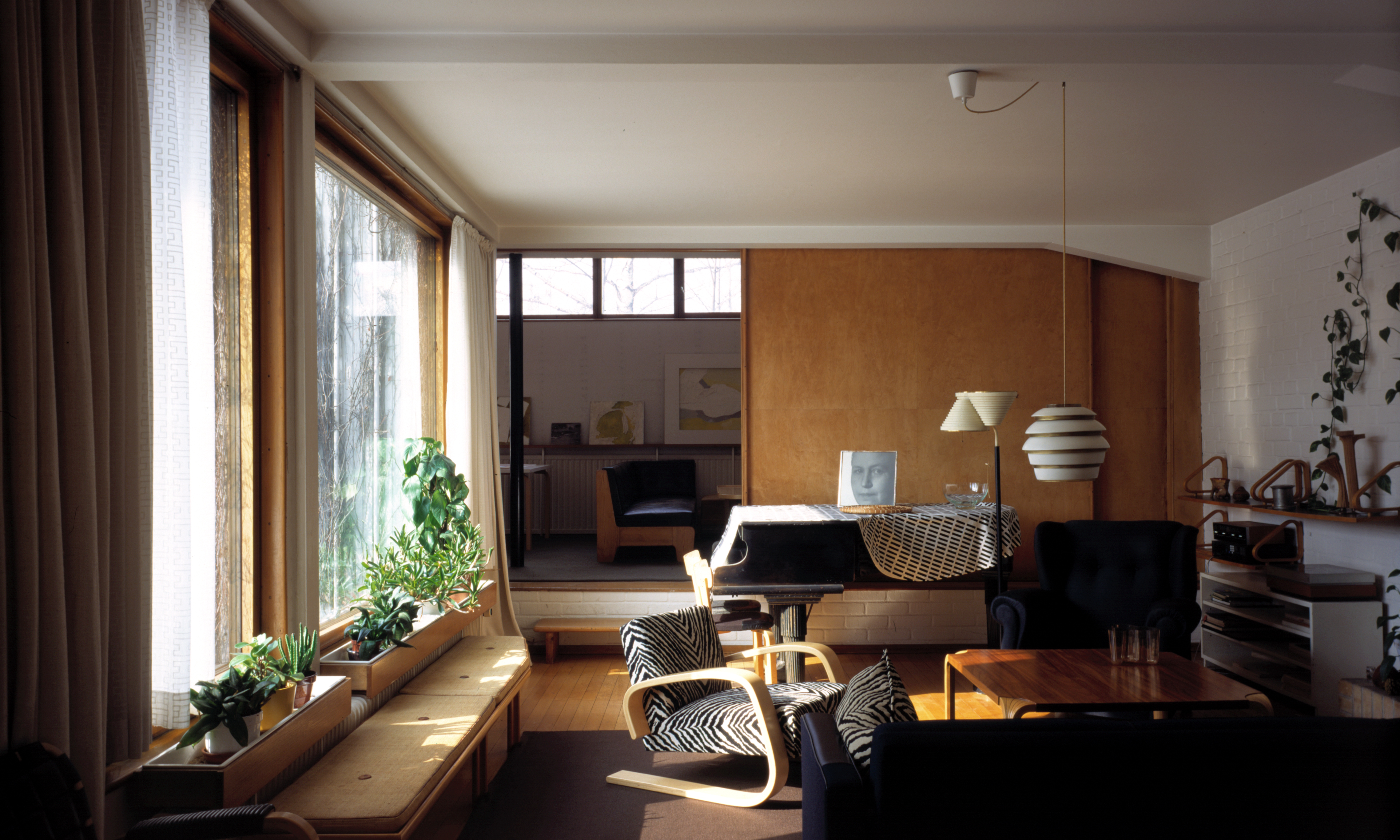
Located on a hillside plot in Helsinki’s Munkkiniemi district, the Aalto house was a kind of precursor to the manifesto that Aalto finally brought into being in the Villa Mairea, the house designed for his friends Maire and Harry Gullichsen. Alvar Aalto lived in his home in Munkkiniemi for the rest of his life, until 1976.
The Livingetc newsletters are your inside source for what’s shaping interiors now - and what’s next. Discover trend forecasts, smart style ideas, and curated shopping inspiration that brings design to life. Subscribe today and stay ahead of the curve.
Finlandia Hall
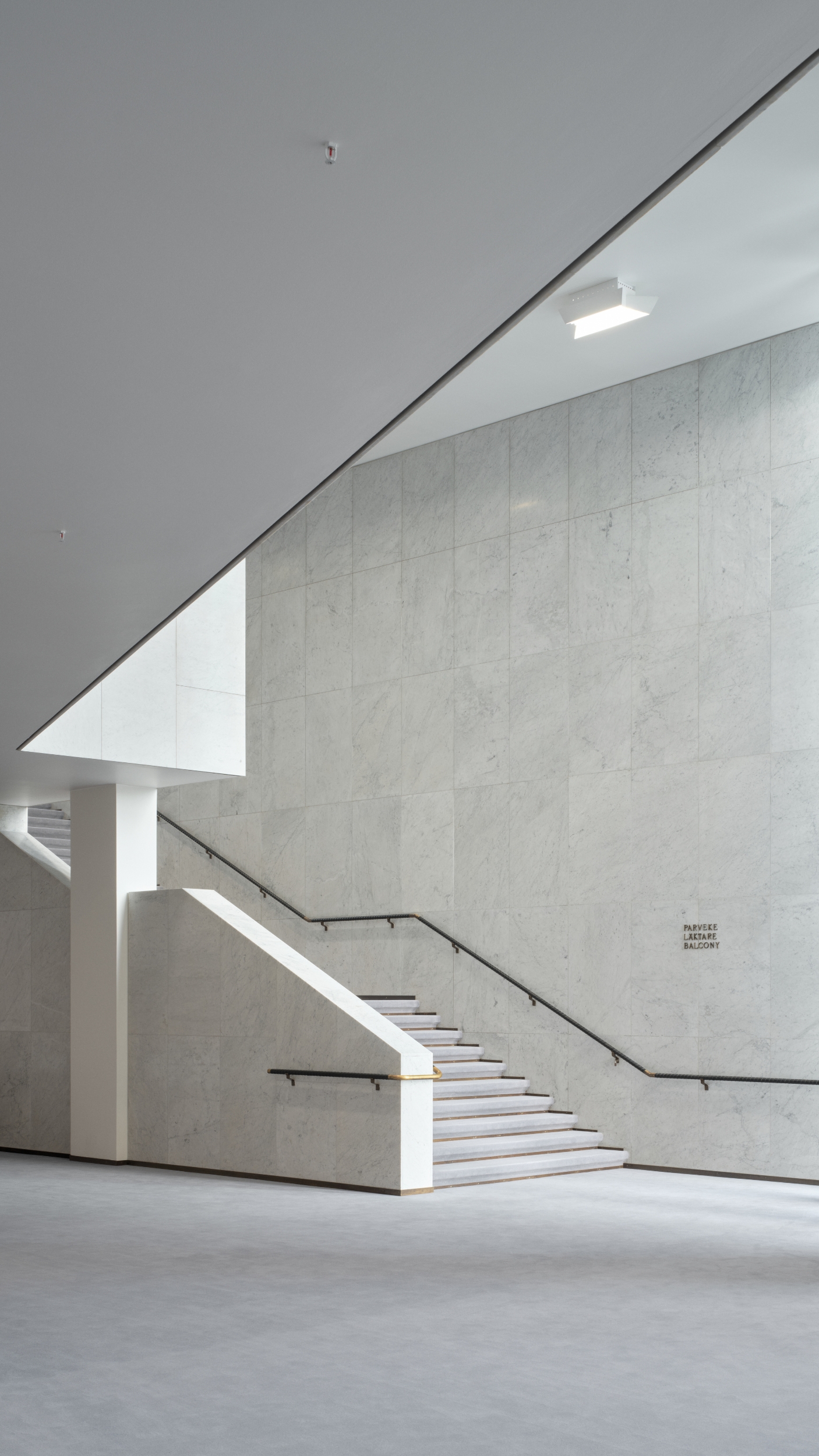
Helsinki authorities asked Aalto to design a concert and congress building, and Finlandia Hall remains today (although freshly refurbished) with mostly all of Aalto’s original design details still intact.
The building is clad in white marble, so it appears like the ice queen of the city resting neatly on the shore of Töölö Bay. Inside, Aalto’s spacious entrance foyers along with the wide and shallow staircases (such a gracious design detail) lead up to the main auditorium hall.
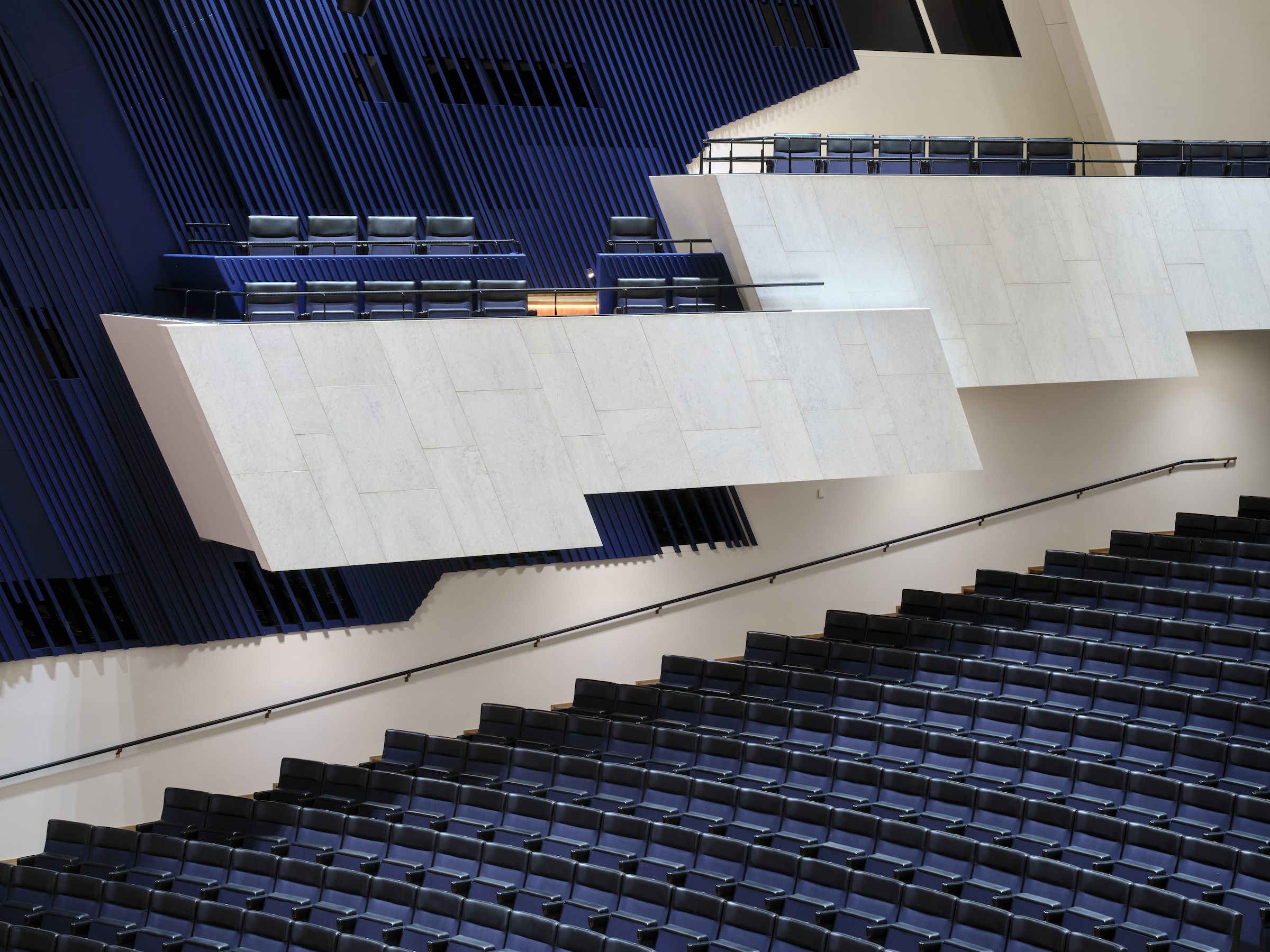
Aalto approached and treated each architectural project as a work of art, applying as much time and attention to detail to furniture and fittings too. His interior design for Villa Mairea is considered by many the starting point of Aalto’s involvement with the Artek furniture brand...
Artek & Iittala, Two Of Finland’s Most Recognized Design Brands
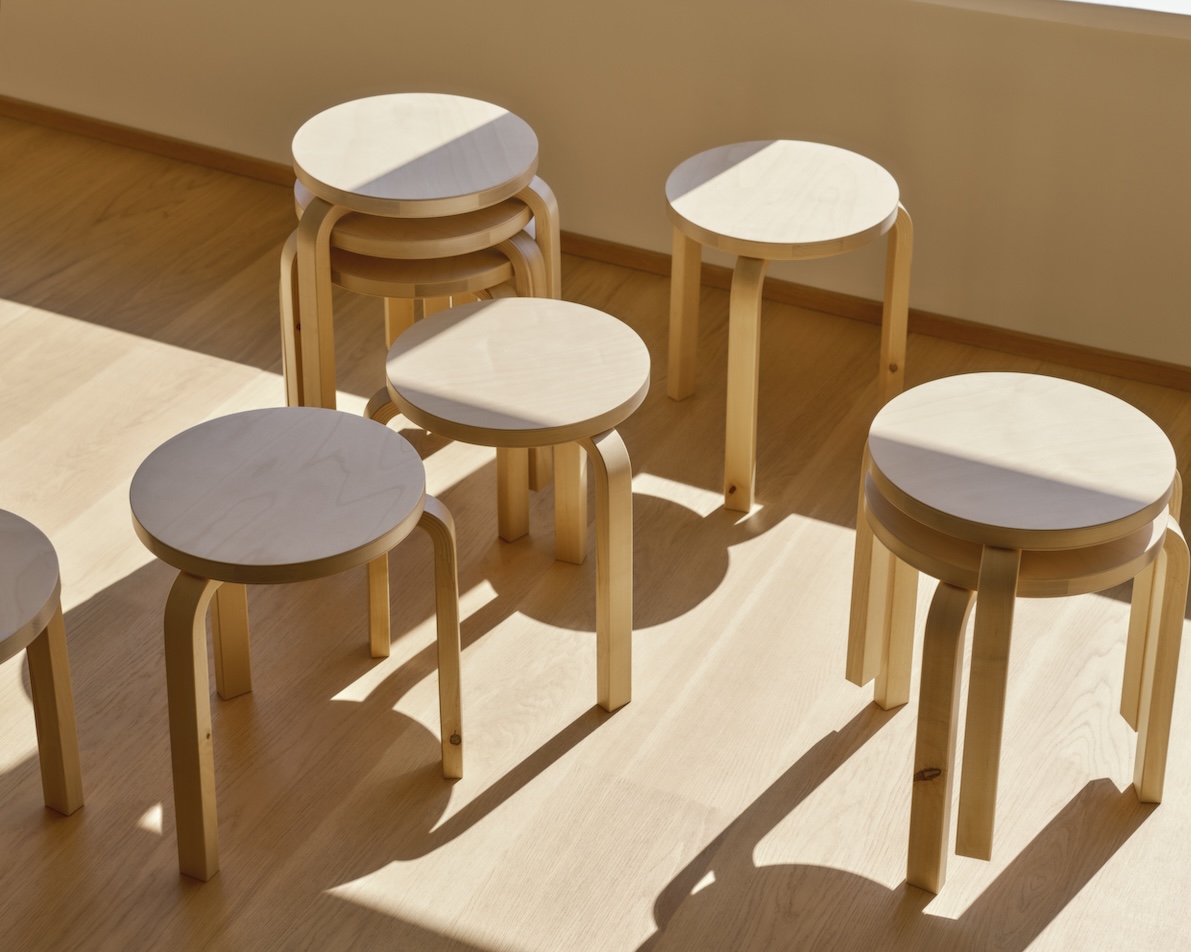
“Aino & Alvar Aalto as a creative design couple had more than 140 design products in production at the same time in the 1930s," explains Tommi Lindh, CEO of Alvar Aalto Foundation. "This is probably a world record in design. Most of them are still in production by Artek, which shows their long-lasting quality and success."
The Stool 60 is the original design icon. Sporting a simple, solid birch wood construction with a round seat and three curved L legs, Stool 60 is potentially Aalto’s most influential furniture design piece. An excellent example of functionalism, the International Style ideals, and Finnish flair for innovation, the Stool 60's legacy and applicability for contemporary homes today owes much to the vision of Aalto’s original objective — universal design made entirely from a natural material, native birch. It’s no surprise the Stool 60 has remained in constant production since Aalto first penned the design in 1933.
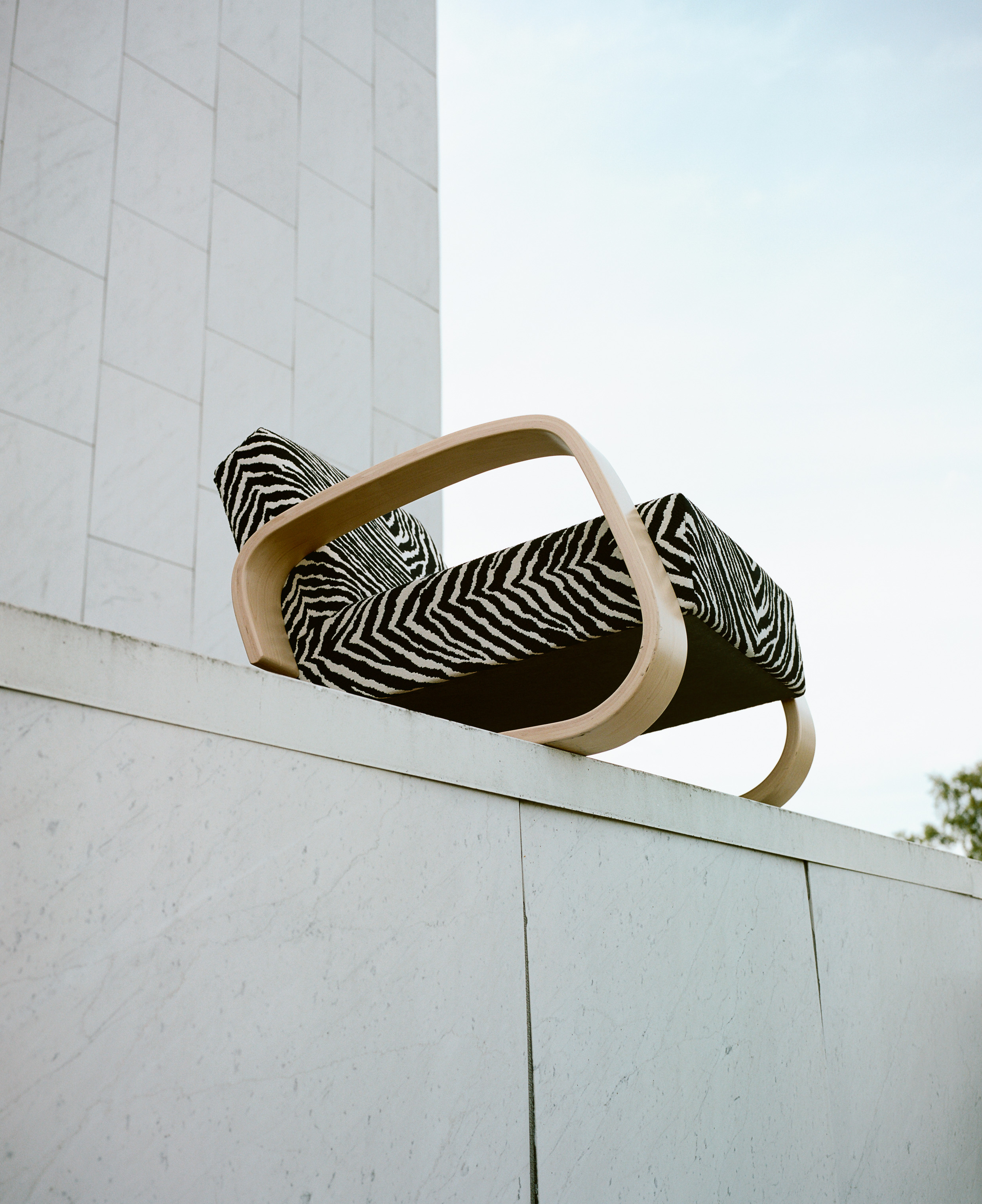
Aalto designed the Tank armchair for the 1936 Milan Triennale. The low and loungey seating position and wide armrests of the iconic chair give the Tank its distinctive and sturdy appearance. Begin to look and you’ll no doubt spot Tank’s included in iconic interiors around the world. Tank looks particularly striking upholstered in the classic Zebra fabric choice (as seen in the Aalto’s own home).
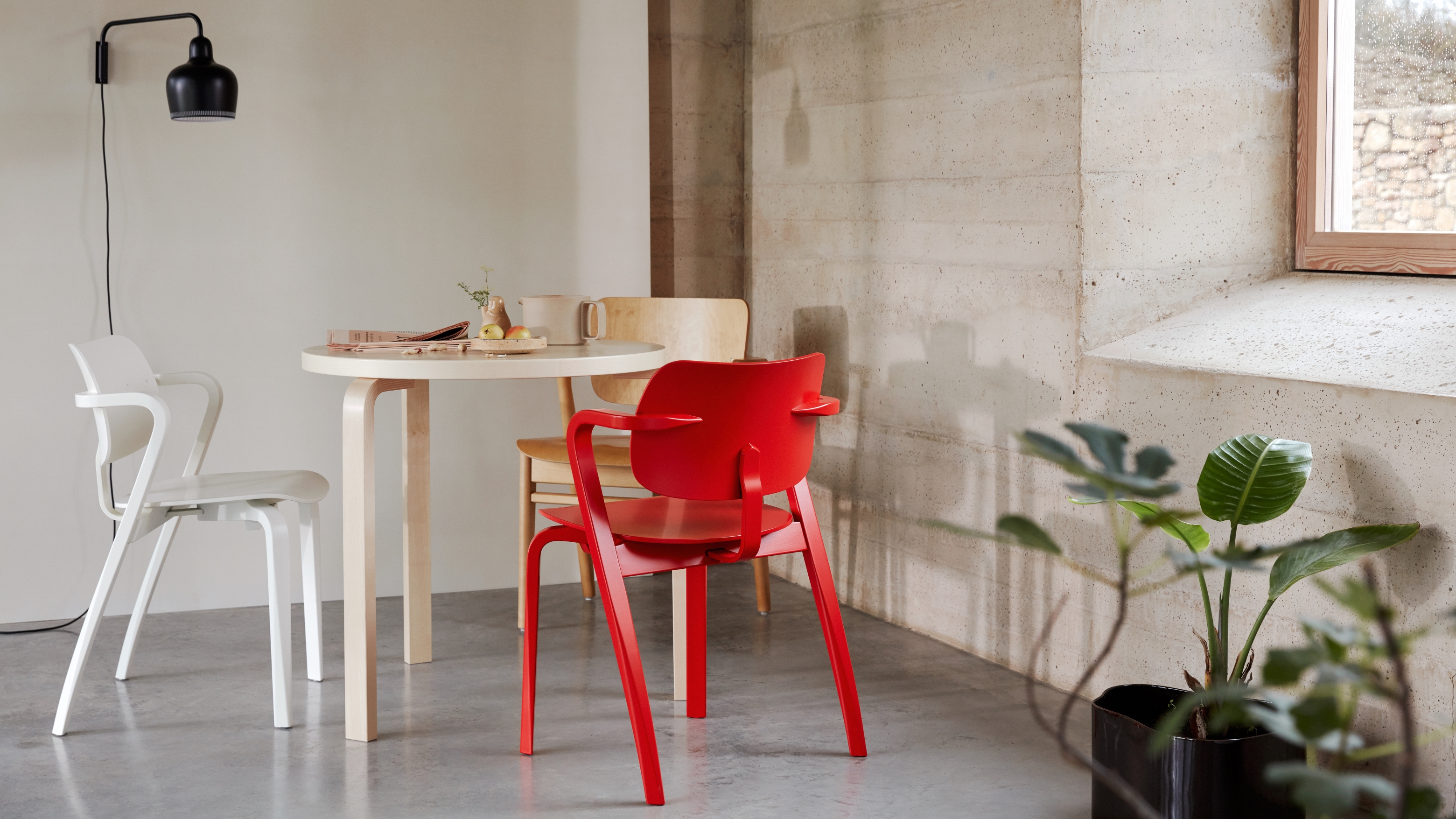
The development of the L Leg transformed furniture design, allowing for the legs to be attached to the tabletop directly. Table 90 was designed in 1935 and is one of the more compact and curvy of the dining table designs. It comes with a round top. Whilst the frames of these tables are normally birch, the tops can be specified in either matching wood finish, black or white laminate.
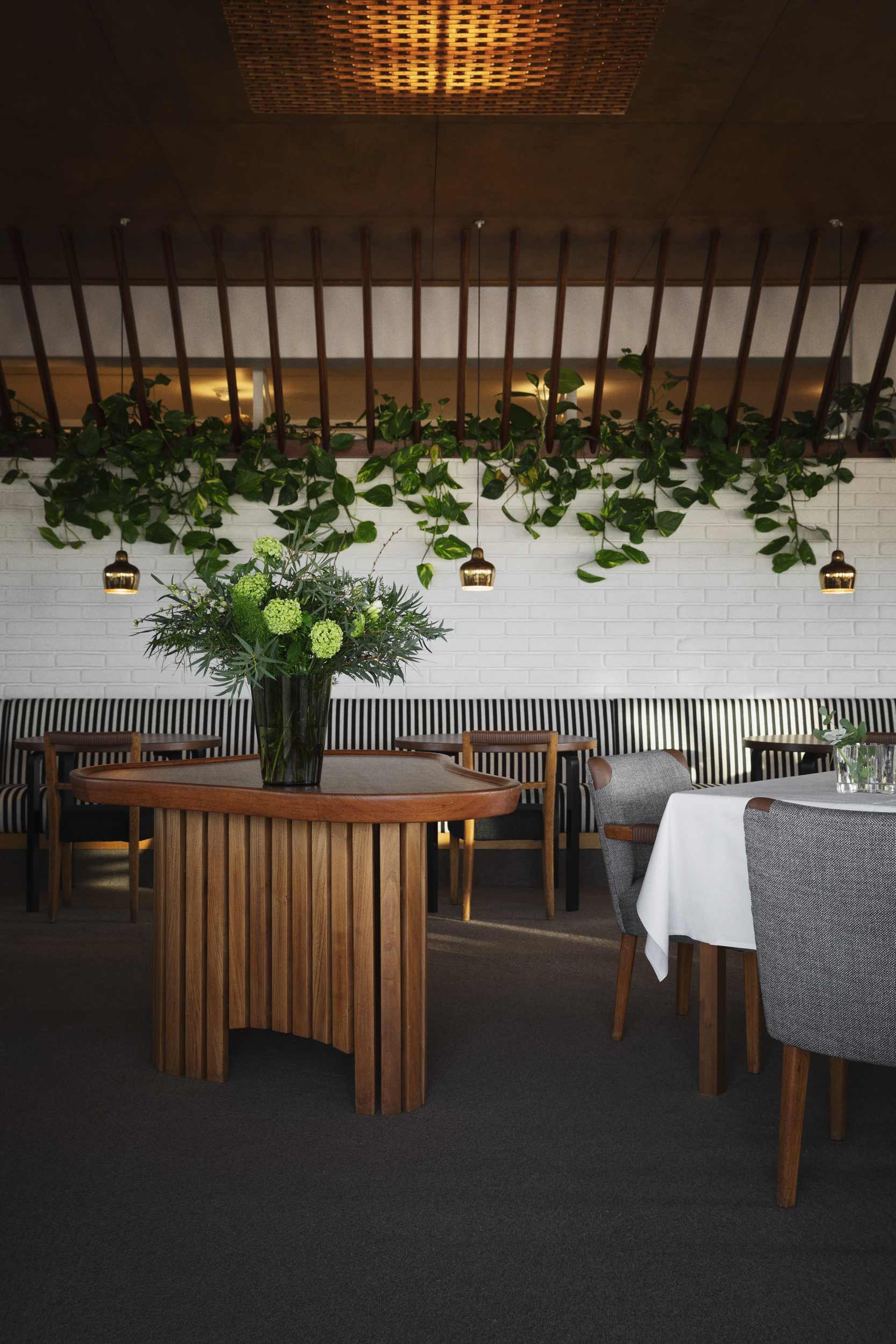
Lighting design makes up for a considerable chunk of Alvar Aalto’s work. If you can get a booking at Restaurant Savoy, grab the chance. It’s a great place to hang and I have a particular soft spot for the cool black and white broad stripe banquette seating, which make this place feel like a gem of a Helsinki design attraction. It’s been refurbished sensitively in recent years with the help of designer Ilse Crawford, and the menu is currently led by Helena Puolakka. It’s quite simply pure bliss.
Iittala

Iittala is one of Finland’s most famous design brands. Founded in 1881, it’s possibly best known for its glasswork designs, which are often crafted by hand. Regarded by many as being timeless and functional, over the years Iittala has worked in collaboration with several designers to curate many of their now iconic glassware designs.
Aino Aalto designed for them before Alvar did, but both have worked significantly with the Iittala brand. Aino’s contributions include the Bölgeblick glassware series, inspired by ripples in water, and her eponymous Aino Aalto Collection, which is a series of simple and durable glassware and pitchers, including the Aalto vase.
And there are other notable collections by Kaj Franck, Oiva Toikka, and Tapio Wirkkala. Tapio Wirkkala's Ultima Thule collection is inspired by melting ice in Lapland.
Aino Aalto created housewares for Iittala, including glassware and pitchers. Her designs were inspired by modernism and functionalism, and she emphasized the use of honest materials. Iittala has expanded over the years into ceramic and metal, and more recently, in 2024, the brand unveiled a new logo and collections, many of which hark back to the Aalto’s style and contribution in design.
The Alto’s significant contribution to 20th Century design in Finland — and indeed internationally — continues to reverberate through society. The chic, restrained modernist design lines which they penned remain as fresh and enviable today as they did when first unveiled.
This edit gives an overview of their designs and achievements, for anyone wishing to read and discover more about Aalto design we suggest the Alvar Aalto Foundation website as a great source of information.

Rory Alastair Robertson graduated with a BA (Hons) Interior Architecture in 2009 from The Edinburgh College of Art. During his studies, he attended The Rhode Island School of Design in America, where he specialized in Theatre Set Design and Lighting Design.
For over a decade, Rory has contributed as both a stylist and an editor, working with a span of editorial titles, including World of Interiors, Financial Times, Elle Decoration, Living Etc, Homes & Gardens, House & Garden, and Wallpaper*. His portfolio is rich with editorial, commercial, brand, and residential interiors work.
Recognized by The Conran Shop in 2023 as an industry tastemaker, he has become known for his taste and eye for detail. He is informed and inspired by a love of historical homes, craftsmanship, and quality.
